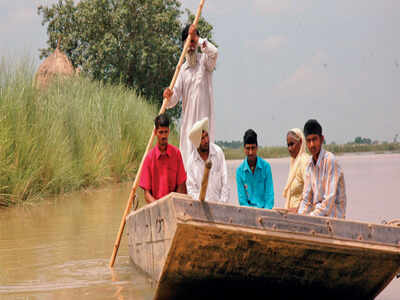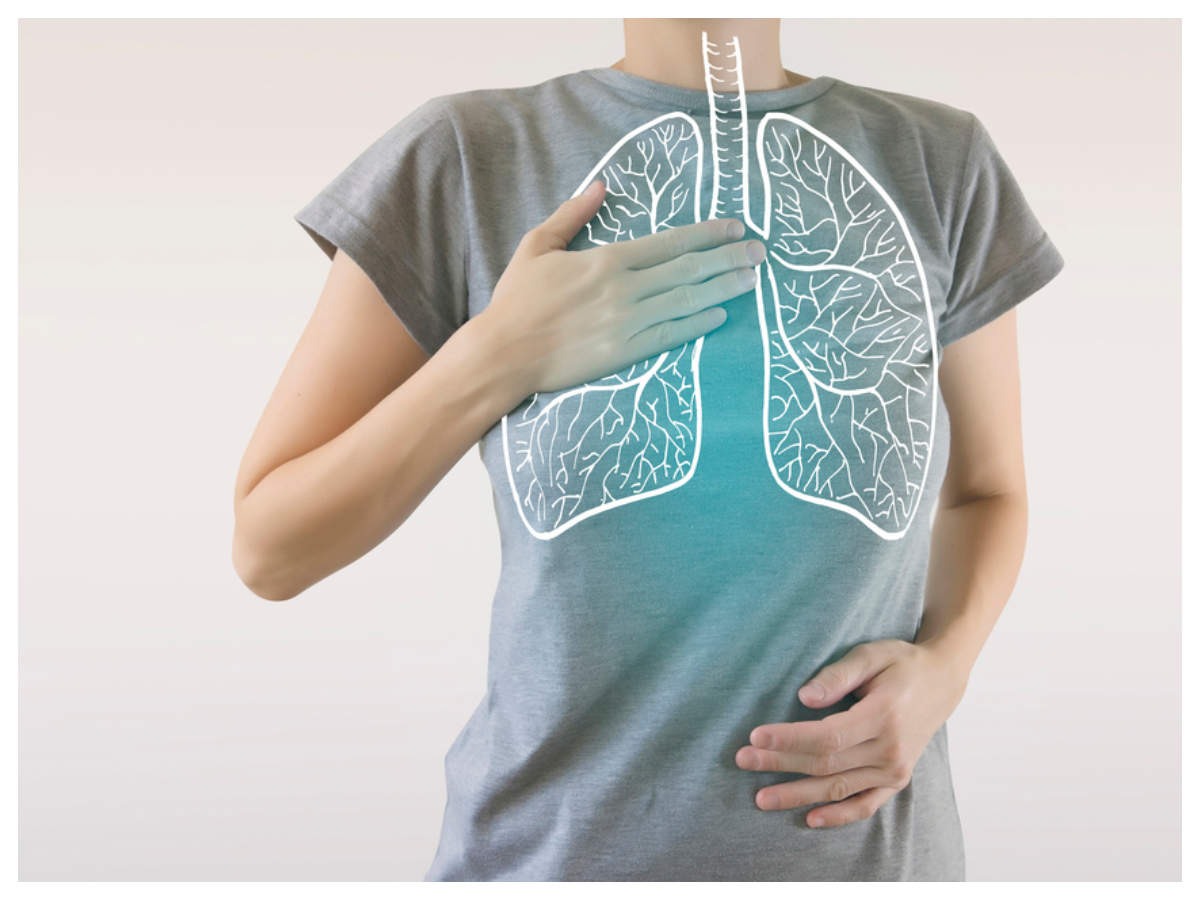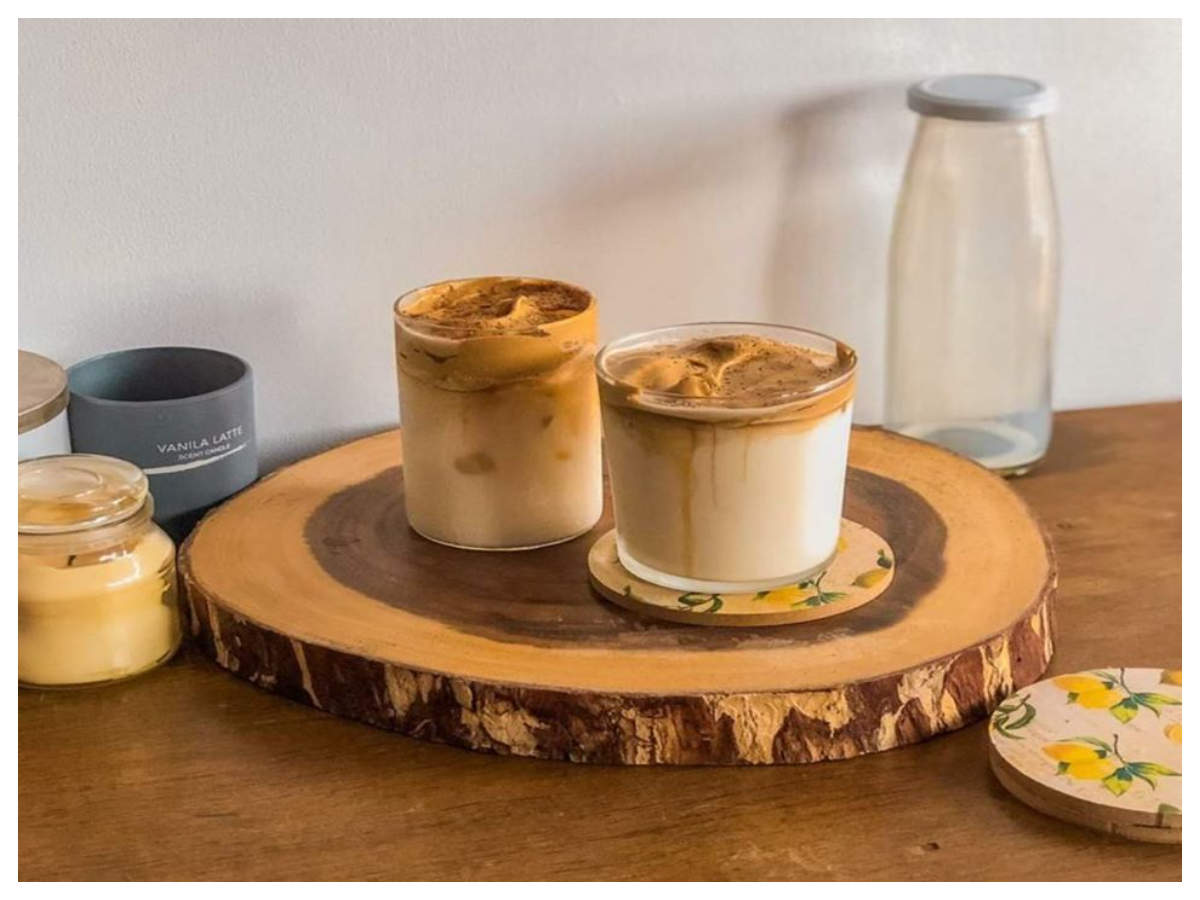
PATIALA: Even as there has been a marked improvement in the water quality of Beas river due to the lockdown, Satluj river remains as contaminated as before. Untreated domestic and dairy effluents from Ludhiana are still being released into the Buddha Nullah, which drains into the Satluj, polluting it. On the brighter side, the presence of heavy metals has reduced below the point of detection due to the industrial shut down.
As per the latest survey conducted by Punjab Pollution Control Board (PPCB), Beas river is now out of the polluted stretch categorisation but water in Satluj continues to be polluted with no improvement in the biochemical oxygen demand (BOD).
PPCB member secretary Karunesh Garg said the lockdown failed to improve water quality in the Satluj as untreated sewerage and waste from dairies continues to flow into the Buddha Nullah and then into the river, nullifying the environmental effects of lockdown.
Ludhiana, which needs a sewerage treatment capacity of 650 MLD a day is operating with just five sewage treatment plants (STP), the combined capacity of which is not more than 425 MLD. All the remaining waste is being drained into river systems, sources said, adding that even the installed capacity is not working to its full efficiency.
According to the survey conducted by PPCB, water quality in Sutlej river has not improved downstream of Buddha Nullah. Samples taken from 16 different locations during the current month show reduction in pollution level in Satluj upstream of Nangal. However, no improvements in BOD levels have been observed in downstream Ludhiana.
At Nangal, the river is of Class-B water quality with dissolved oxygen and total coliforms levels improving in April. At Ropar headworks though, its quality reduces to Class C. After Buddha Nullah, the quality falls further due to untreated effluents. The BOD level of Buddha Nullah during lockdown period has been observed to be 190 mg/l against 180 mg/l in February, showing no significant change in the quality of water. The main reason is slushing out of organic domestic waste, the member secretary said. However, heavy metals like hexa chrome, total chrome, nickel, cadmium and lead were observed to be below detection limits due to shut down of the industry. Chairman, PPCB, Dr S S Marwaha said flow of water in the Sutlej reduced during April.
On the other hand, Beas has shown improved water quality. Dr Marwaha said Beas remains the cleanest river in the state with further improvement in dissolved oxygen and F. Coli concentration. Beas river remains in “B” category with the BOD demands at all locations remaining around 1mg during March and April. The river, which is being monitored at 10 locations, starts at Talwara head works up to Harike.
As per the latest survey conducted by Punjab Pollution Control Board (PPCB), Beas river is now out of the polluted stretch categorisation but water in Satluj continues to be polluted with no improvement in the biochemical oxygen demand (BOD).
PPCB member secretary Karunesh Garg said the lockdown failed to improve water quality in the Satluj as untreated sewerage and waste from dairies continues to flow into the Buddha Nullah and then into the river, nullifying the environmental effects of lockdown.
Ludhiana, which needs a sewerage treatment capacity of 650 MLD a day is operating with just five sewage treatment plants (STP), the combined capacity of which is not more than 425 MLD. All the remaining waste is being drained into river systems, sources said, adding that even the installed capacity is not working to its full efficiency.
According to the survey conducted by PPCB, water quality in Sutlej river has not improved downstream of Buddha Nullah. Samples taken from 16 different locations during the current month show reduction in pollution level in Satluj upstream of Nangal. However, no improvements in BOD levels have been observed in downstream Ludhiana.
At Nangal, the river is of Class-B water quality with dissolved oxygen and total coliforms levels improving in April. At Ropar headworks though, its quality reduces to Class C. After Buddha Nullah, the quality falls further due to untreated effluents. The BOD level of Buddha Nullah during lockdown period has been observed to be 190 mg/l against 180 mg/l in February, showing no significant change in the quality of water. The main reason is slushing out of organic domestic waste, the member secretary said. However, heavy metals like hexa chrome, total chrome, nickel, cadmium and lead were observed to be below detection limits due to shut down of the industry. Chairman, PPCB, Dr S S Marwaha said flow of water in the Sutlej reduced during April.
On the other hand, Beas has shown improved water quality. Dr Marwaha said Beas remains the cleanest river in the state with further improvement in dissolved oxygen and F. Coli concentration. Beas river remains in “B” category with the BOD demands at all locations remaining around 1mg during March and April. The river, which is being monitored at 10 locations, starts at Talwara head works up to Harike.

Coronavirus outbreak
Trending Topics
LATEST VIDEOS
City
 Delhi lockdown: People flout social distancing norms in Chandni Chowk ahead of Ramzan
Delhi lockdown: People flout social distancing norms in Chandni Chowk ahead of Ramzan  How a crocodile was rescued in Telangana
How a crocodile was rescued in Telangana  'Stay at home' message passed on by canine squad of bomb detection and disposal unit of Nagpur Police
'Stay at home' message passed on by canine squad of bomb detection and disposal unit of Nagpur Police  Covid-19 crisis: Empty wallets, stomachs and promises, workers in a fix in Chennai
Covid-19 crisis: Empty wallets, stomachs and promises, workers in a fix in Chennai
More from TOI
Navbharat Times
Featured Today in Travel
Quick Links
Kerala Coronavirus Helpline NumberHaryana Coronavirus Helpline NumberUP Coronavirus Helpline NumberBareilly NewsBhopal NewsCoronavirus in DelhiCoronavirus in HyderabadCoronavirus in IndiaCoronavirus symptomsCoronavirusRajasthan Coronavirus Helpline NumberAditya ThackerayShiv SenaFire in MumbaiAP Coronavirus Helpline NumberArvind KejriwalJammu Kashmir Coronavirus Helpline NumberSrinagar encounter
Get the app



